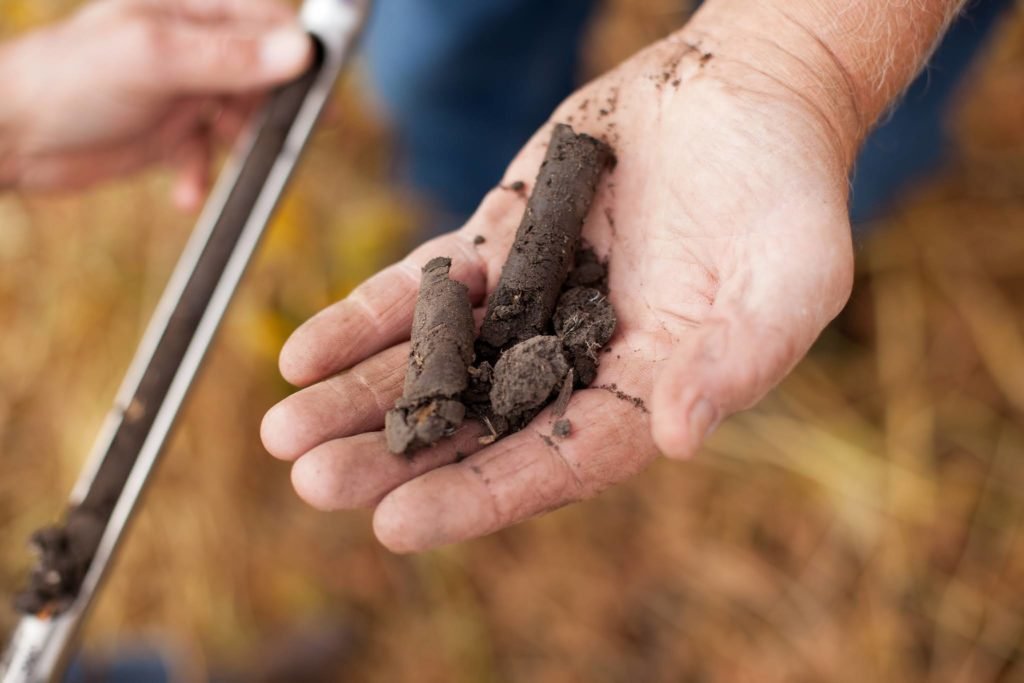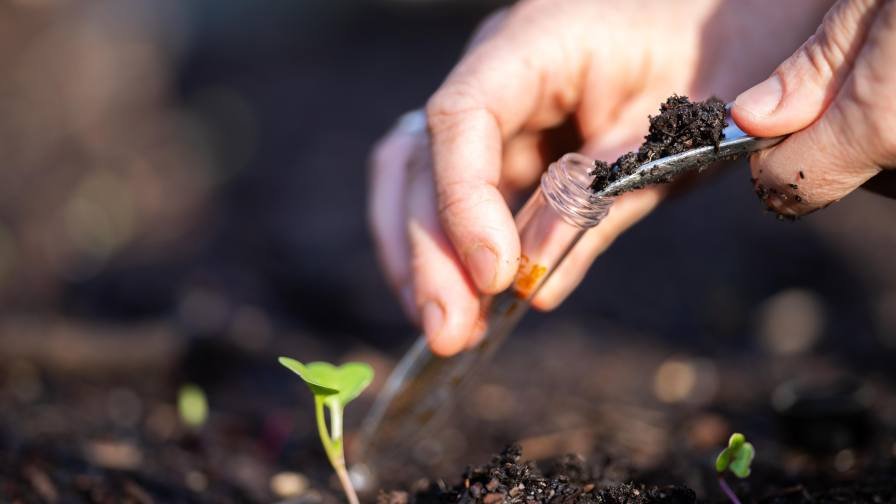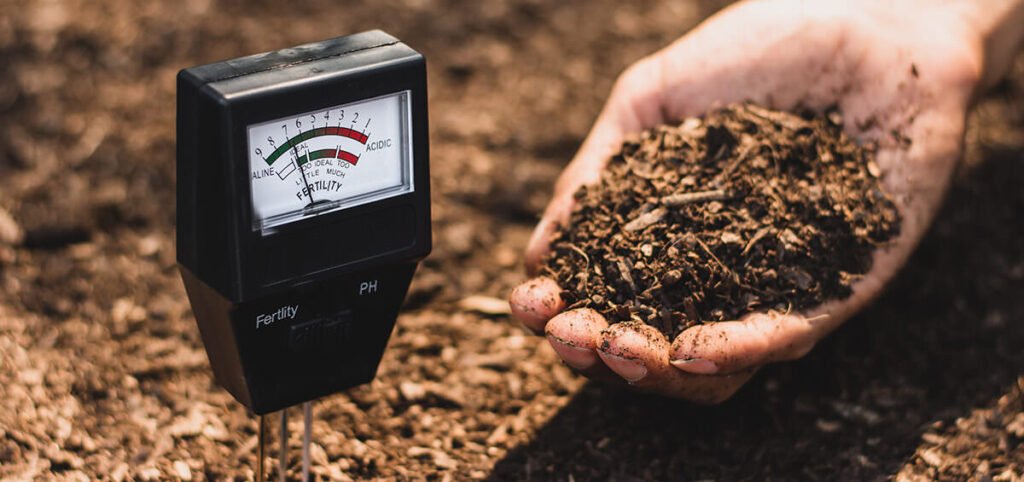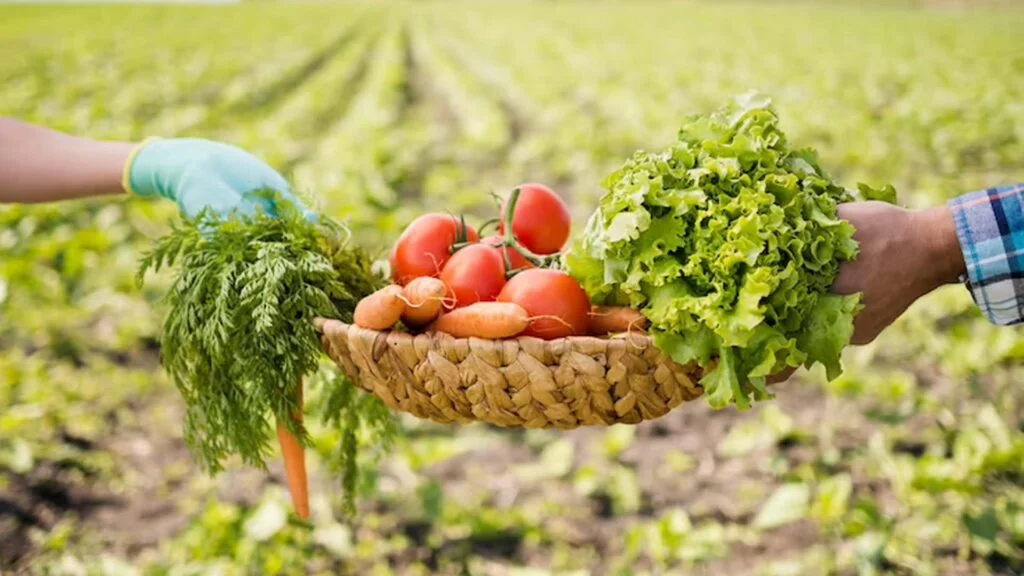Introduction
Soil testing is a fundamental practice in modern agriculture that significantly impacts crop production. By analyzing soil composition, farmers can gain valuable insights into nutrient levels, pH balance, and overall soil health. This information is crucial for making informed decisions about fertilizer application and crop management strategies. As the global population continues to rise and the demand for food increases, optimizing crop yields while maintaining soil health becomes essential. Soil testing not only helps identify nutrient deficiencies but also supports sustainable farming practices by minimizing the environmental impact of fertilizer use. This article explores the importance of soil testing in improving crop production, highlighting its benefits, best practices, and the role it plays in achieving agricultural sustainability.
The Role of Soil Testing in Agriculture

1. Understanding Soil Composition
Soil testing provides a detailed analysis of various soil components, including macronutrients (nitrogen, phosphorus, potassium), micronutrients (zinc, copper, iron), pH levels, and organic matter content.
- Nutrient Levels: Identifying current nutrient levels allows farmers to understand what is available for plant uptake.
- pH Balance: Soil pH affects nutrient availability; testing helps determine if amendments are needed to correct acidity or alkalinity.
According to the USDA, proper soil testing can lead to an increase in crop yields by as much as 20% due to optimized nutrient management.
2. Enhancing Fertilizer Efficiency
Soil testing informs farmers about the specific nutrient needs of their crops, allowing for targeted fertilizer applications.
- Precision Fertilization: By knowing which nutrients are deficient, farmers can apply fertilizers more effectively, reducing waste and costs.
- Variable Rate Application: Soil tests provide data that supports variable rate technology (VRT), enabling tailored applications based on specific field conditions.
A study by the International Fertilizer Association found that using soil tests to guide fertilizer decisions can reduce fertilizer use by up to 30% while maintaining or increasing yields.
3. Identifying Yield-Limiting Factors
Soil testing helps identify factors that may limit crop yields, such as nutrient deficiencies or imbalances.
- Nutrient Deficiencies: Regular testing allows farmers to detect deficiencies early and take corrective action before they impact crop performance.
- Soil Health Monitoring: Tracking changes in soil health over time helps farmers maintain optimal conditions for plant growth.
Research published in “Agronomy Journal” indicates that addressing yield-limiting factors through soil testing can lead to significant improvements in overall productivity.
Best Practices for Soil Testing

1. Conduct Regular Soil Tests
Farmers should perform soil tests at least once every few years or before planting new crops. This practice ensures that they have up-to-date information on soil conditions.
2. Sample Properly
Collecting representative soil samples is crucial for accurate analysis. Farmers should follow guidelines for sampling depth and location to ensure comprehensive results.
- Sampling Techniques: Use a clean tool to collect samples from multiple locations within a field to create a composite sample for testing.
3. Choose a Reliable Laboratory
Select a reputable laboratory that follows standardized procedures for soil analysis. Ensure that they provide detailed reports on nutrient levels and recommendations for amendments.
4. Interpret Results Effectively
Understanding soil test results is essential for making informed decisions. Farmers should familiarize themselves with common terms and recommendations provided in the reports.
- Consult Experts: If needed, seek advice from agronomists or extension services to interpret results accurately and develop an effective fertilization plan.
The Environmental Benefits of Soil Testing

1. Reducing Nutrient Runoff
By applying fertilizers based on precise soil test results, farmers can minimize excess application that leads to nutrient runoff into waterways.
- Environmental Protection: This practice helps protect local ecosystems from pollution caused by nitrogen and phosphorus runoff.
2. Promoting Sustainable Practices
Soil testing supports sustainable agriculture by encouraging practices that maintain soil health and reduce reliance on chemical inputs.
- Long-Term Viability: Healthy soils contribute to resilient agricultural systems capable of supporting high yields over time without degrading natural resources.
Conclusion
Soil testing is an indispensable tool for improving crop production and promoting sustainable agricultural practices. By providing critical insights into soil composition and nutrient availability, soil tests enable farmers to make informed decisions about fertilizer application and crop management strategies. Regular soil testing not only enhances crop yields but also contributes to environmental protection by reducing nutrient runoff and promoting healthy soils. As we strive to meet the challenges of food security and environmental sustainability, embracing soil testing as a standard practice becomes increasingly important. Call to Action: Invest in soil testing today—ensure your crops receive the nutrients they need while protecting our precious natural resources!
Q&A Section
Q: Why is soil testing important for farmers?
A: Soil testing is important because it provides essential information about nutrient levels and pH balance, enabling targeted fertilizer applications that optimize crop yields and promote sustainable practices.
Q: How often should I conduct soil tests?
A: It is recommended to conduct soil tests at least every few years or before planting new crops to ensure up-to-date information on soil conditions.
Q: Can I interpret my own soil test results?
A: While you can interpret basic results yourself, consulting with agronomists or extension services can provide valuable insights into developing effective fertilization plans based on your results.
Resources
- USDA Natural Resources Conservation Service
- Soil Science Society of America
- American Society of Agronomy
- Sustainable Agriculture Research & Education (SARE)
- Food and Agriculture Organization (FAO)







